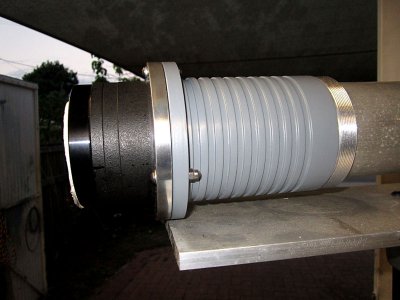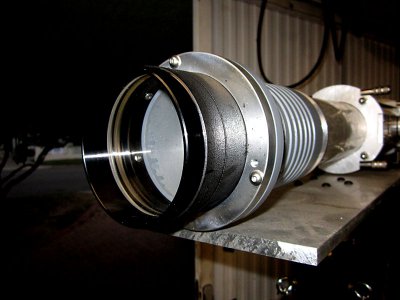- Joined
- Jan 22, 2011
- Messages
- 8,031
Oh yeah! That's the ticket!
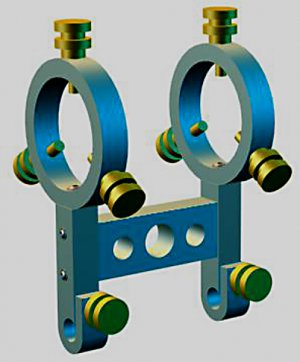
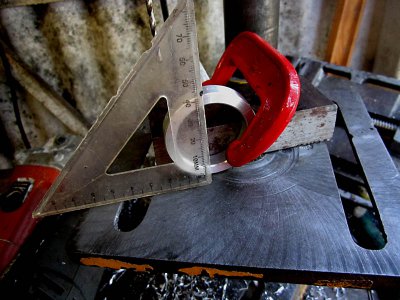
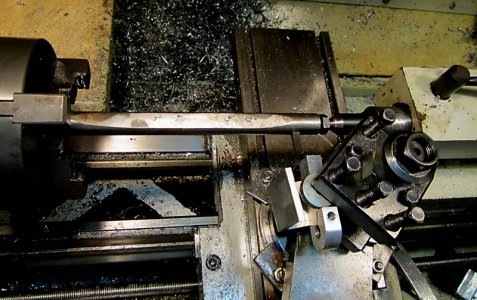
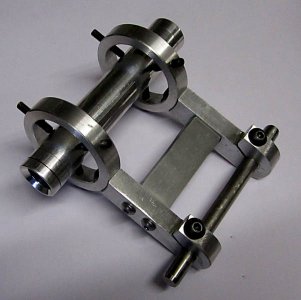
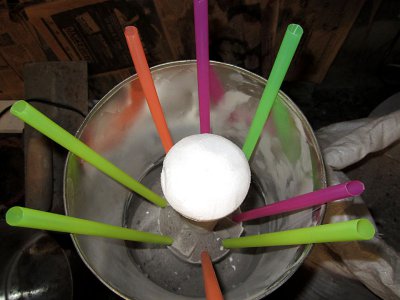 Managed a bit more. Made a lost foam pattern for the first part of the scope that the lens cell has to bolt to.
Managed a bit more. Made a lost foam pattern for the first part of the scope that the lens cell has to bolt to.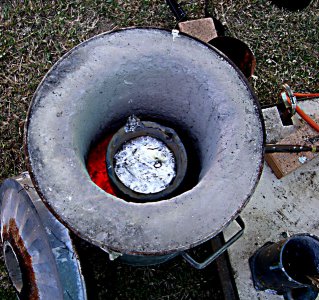
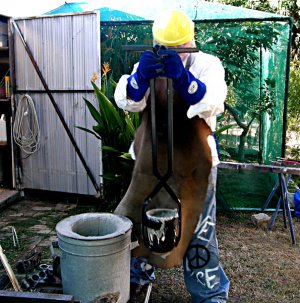
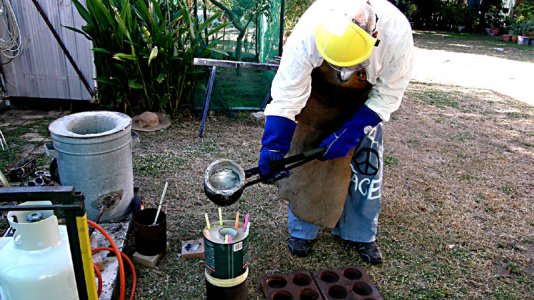
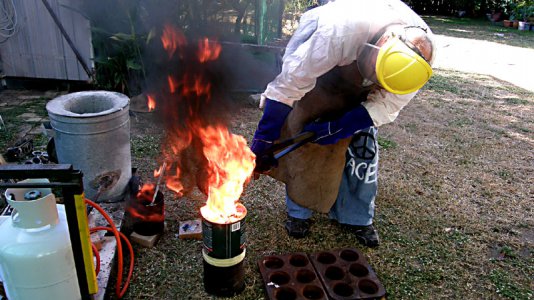
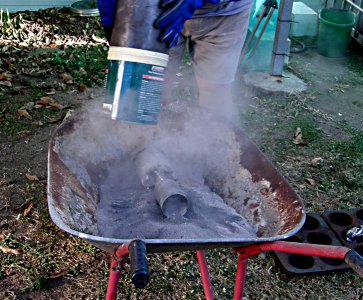
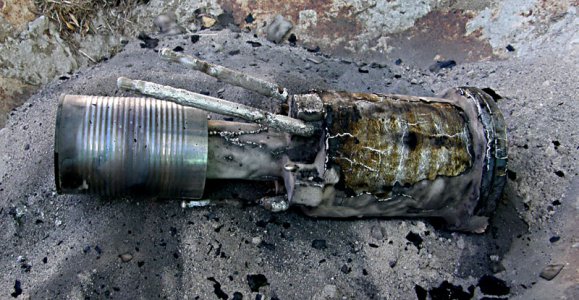
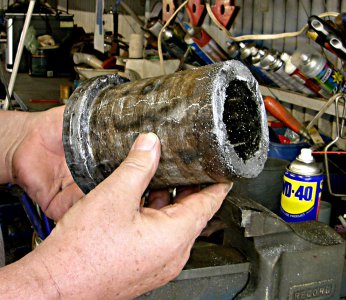
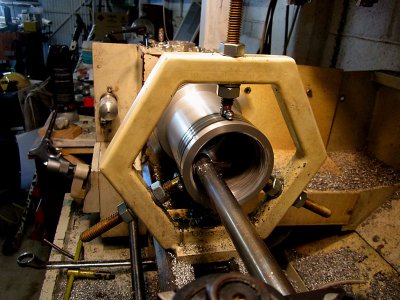
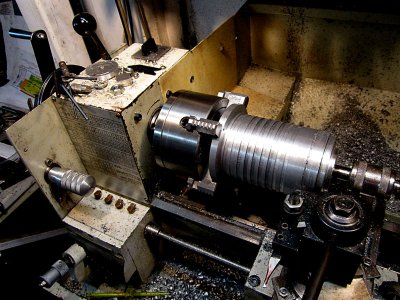
Thanks. This was my first go at lost foam and I think I will second that. The next foam pattern was a disk to make the joiner but was a total failure. It was interesting but I dont think I will do it again.Nice work. (I hate lost foam)
R
Excellent design and work - I'm envious
